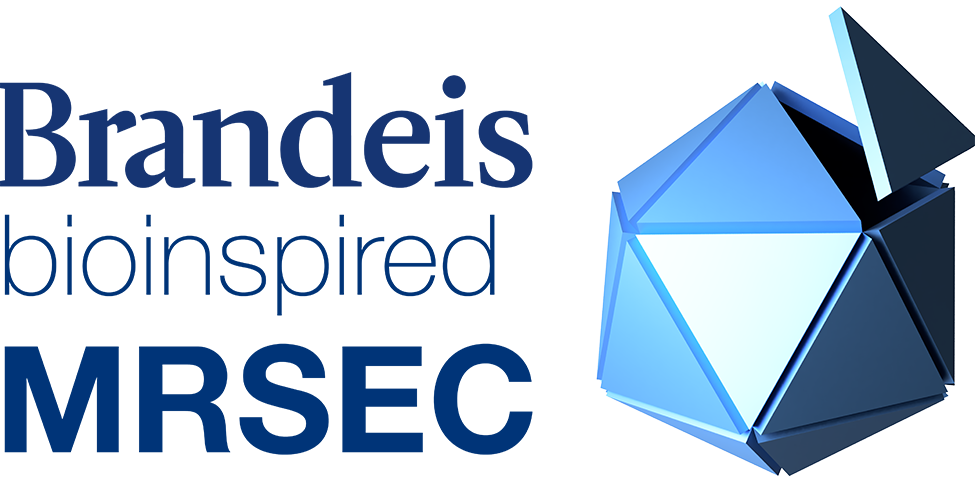Jocelyne Chavez

“Growth Mechanism and Morphology Study of Turing Patterns on a Radially Growing Domain”
Jocelyne Chavez, Christopher Konow, Noah Somberg, Miloš Dolnik, Irving Epstein
New Mexico State University / Chemical Engineering
Hosted by Epstein's Lab
Abstract
Alan Turing’s seminal work on morphogenesis proposed that heterogeneity could arise within a stable homogeneous system containing chemical species that are reacting and diffusing. These heterogeneities yield spatial structures comparable to naturally occurring patterns found in biological systems. Numerical simulations based on the Lengyel-Epstein model hypothesize that the velocity at which a pattern develops plays a critical role in controlling the growth mechanism and final morphology of Turing patterns. Simulations performed at fast growth rates demonstrate formation through outer ring addition, while slower growth rates show interior formation of perpendicular stripes. Simulations were tested experimentally using a photosensitive inorganic system, the chlorine dioxide-iodine-malonic acid (CDIMA) reaction. The size of the circular domain was controlled using visible light that continuously increased the radius of the developing patterns. Experimental results for slow growth rates confirm simulated mechanisms resulting in a mixed, stripe and spot, spatial configuration. Simulated fast growth rates predict concentric ring arrangements that were briefly observed experimentally, but not sustained. Further investigation concerning bromide’s effect on pattern wavelength is to be carried out numerically and verified experimentally.
Support
Howard Hughes Medical Institute Exceptional Research Opportunities Program

